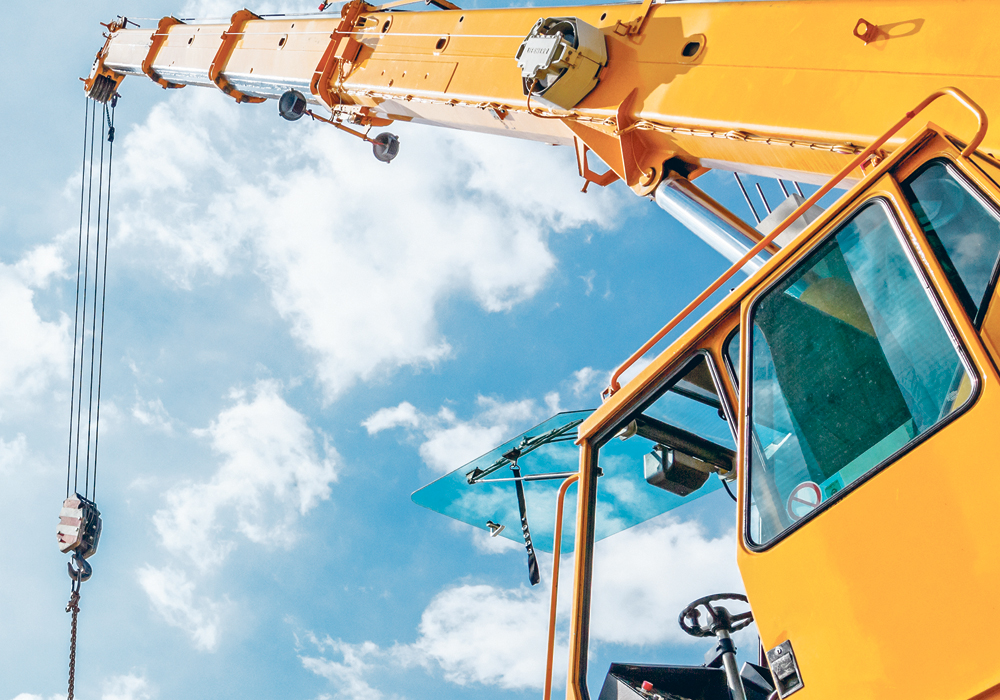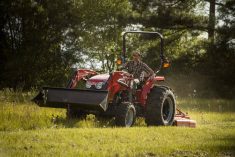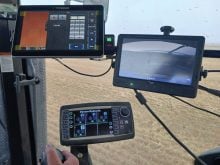Because of its ability to handle so many jobs, serving as a cross between a crane and a forklift, the telehandler is becoming commonplace on more farms every year.
There are numerous versatile attachments including winches, pallet forks, snow plows, buckets, bale handlers, back hoes, crane, and forklifts.
But there’s a downside to having ability to perform so many tasks, and that is safety.
Telehandler accidents resulting in injury or death continue to be a serious issue. Risks include accidentally tipping a load, overbalancing the vehicle so that it tips laterally, and failing to see workers in the vicinity, particularly while reversing. When in operation with the boom raised, there’s also a significant danger of a blind spot to the front right-hand side of the vehicle. Touching high voltage power lines can kill.
Read Also

Growing garlic by the thousands in Manitoba
Grower holds a planting party day every fall as a crowd gathers to help put 28,000 plants, and sometimes more, into theground
In Alberta, a welder’s helper was struck and fatally injured by a telehandler at a drill site. The investigation reported that the telehandler operator “lost sight of the welder helper during a gradual turn to the left.”
Tragedy occurred during the Canadian Grand Prix in 2013 when a marshal was killed by a telehandler removing a racing car from the Montreal circuit.
Safety technology is constantly evolving. Many of the latest devices can be retro-fitted to improve safety.
Safety cameras — Retro-fitting telehandlers with safety camera monitors, such as Brigade Electronics Backeye360, allows drivers to see into blind spots at the back and sides of their machine.
Radar obstacle detection — Radar obstacle detection technology is designed to detect stationary and moving objects even in the harshest of environments. It gives the driver an audible and visible warning when objects are within a certain distance. These devices can operate in high or low temperatures, they’re waterproof, smoke resistant and can be heard in noisy environments.
Mobile recording — When camera systems are linked to a mobile digital recording setup, the recorded footage can provide irrefutable evidence in the event of an accident or incident such as vandalism or theft from a vehicle. A major benefit of mobile digital recording is the ability to support drivers who can often be subjected to increased scrutiny after an incident. The latest systems also have 3G and 4G connectivity so data can be live-streamed remotely with real time GPS tracking.
Smart reversing alarms — Warning alarms alert pedestrians and workers when a vehicle is backing or turning. Unlike traditional “beep, beep” tonal alarms, which can be difficult to pinpoint, the latest technology creates a “ssh-ssh” sound and uses smart technology to adjust sound levels in line with the ambient noise in the vicinity. By employing a wide range of frequencies, smart reversing alarms also enable a listener to better locate what direction the sound is coming from.


















